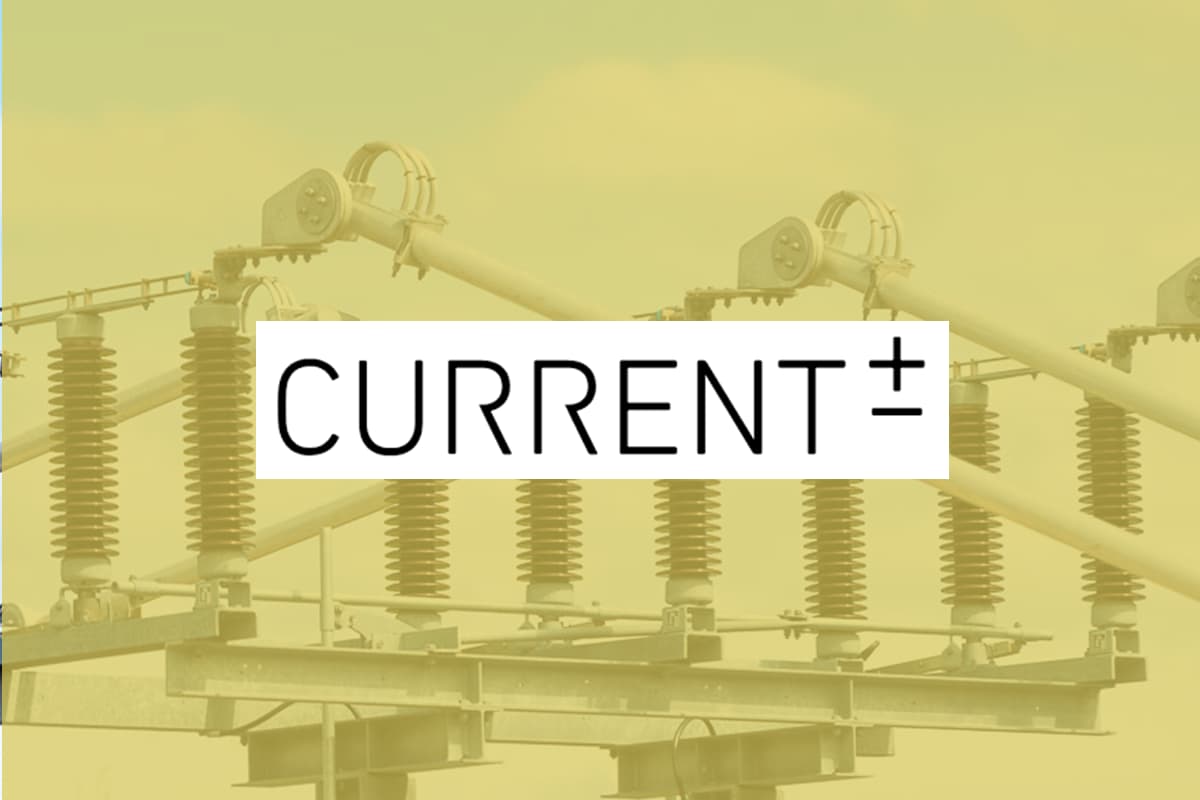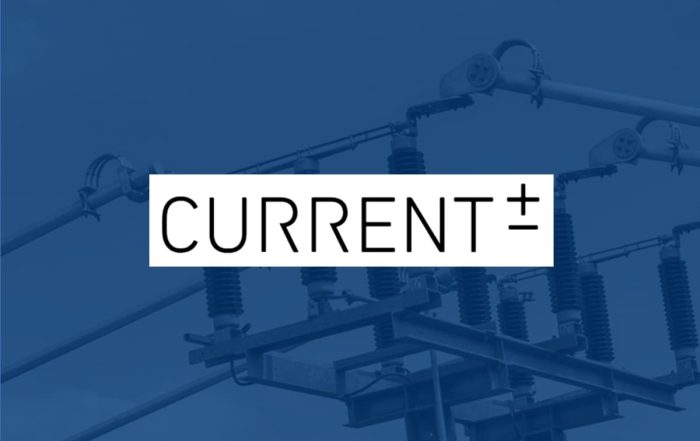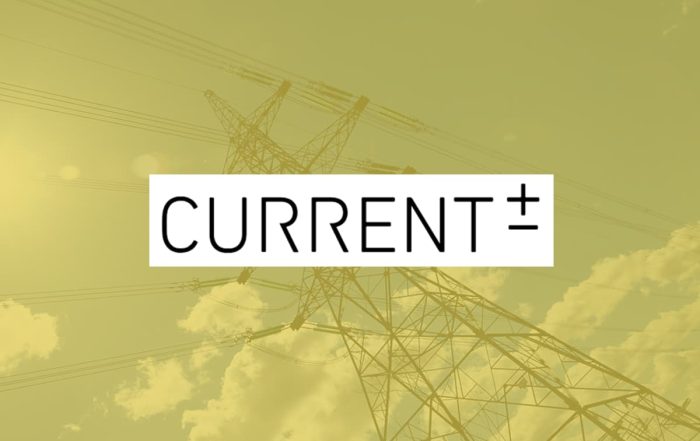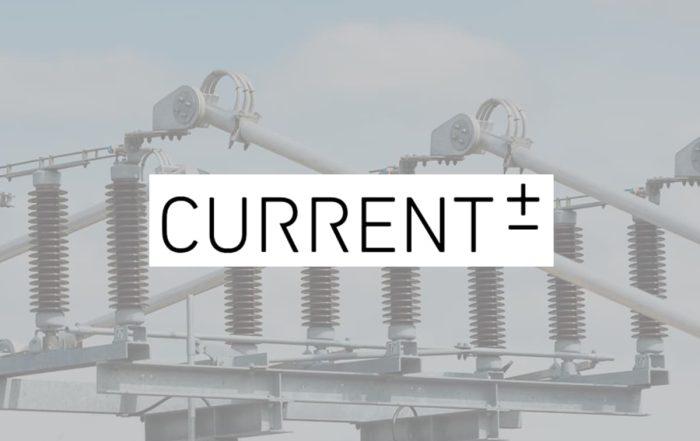Current± invites our Connectologists® to give their perspective on the grid connectivity issue
Grid connectivity: the scale of the issue at hand
Pete Aston was interview for this article by George Heynes, Solar Media Reporter, first published on Current± on 8 February 2023.
Grid connectivity continues to be one of the core challenges plaguing the UK’s energy networks. With an abundance of renewable generation projects being developed as the country ramps up its efforts to achieve its net zero targets, prospective developers are facing long delays.
One of the major hinderances caused by grid connectivity delays is a “clogging” of the renewable project pipeline and many low carbon assets. If the UK wants to attain its net zero power grid by 2035, renewable projects must be able to connect efficiently, but most are facing delays of five to ten years at least.
Many technologies and sectors are being affected by this, in particular those, like transport and heating, looking to decarbonise through electrification. EV chargers for example also require a connection and thus are facing delays in being able to be operated, drawing concern ahead of the ban on the sale of new internal combustion engine (ICE) vehicles at the end of the decade.
In this piece – the first in our new Current± Explores: the grid connection conundrum mini-series, sponsored by NG Bailey – we explore the scale of the issue.
Solving the grid connection equation
It’s well known in the industry that the ageing grid infrastructure is a challenge for transitioning to a new energy mix, and distribution network operators (DNOs) as well as the transmission network operator have been rolling out both new wires and innovative new solutions.
With the next RIIO-ED2 price period approaching, investment has now been approved by the regulator to support further investment over the next five years.
“Network operators will deliver £22.5 billion of investment over the next five years to improve grid infrastructure and help ensure the UK’s energy systems can meet the demands of the net zero transition, including connecting renewable generation schemes large and small,” said a spokesperson from the Energy Networks Association (ENA).
“To reach our net zero targets, we need more than just investment as other issues remain, particularly around planning and regulation. In order to more quickly connect more renewable generation, we need three things – a continued focus on innovation and flexibility, investment to enable network capacity in anticipation of future need, and a coordinated and accelerated planning system which brings together local and national ambitions.”
Investment will be key for tackling grid connection challenges. Improving grid infrastructure could increase the capacity that is able to travel throughout, providing renewable projects with more opportunities to join the grid.
Investment will be key for tackling grid connection challenges, with a total of £29.5 billion forecasted investment expected to have been made during the eight-year period of RIIO-ED1, according to the ENA.
But renewables have surged in recent years faster than many expected, thanks in large part to the continued drop in the cost of development. For example, between 2010-2019, the cost of solar PV globally dropped by 82%.
This has driven renewable development in the UK, but in turn “distribution capacities had been hammered since around 2012 amid the big solar rush,” said Pete Aston, specialist connections engineer at Roadnight Taylor.
Demand for renewables has only been exacerbated over the last year amid the wider energy crisis, highlighting the growing need for network investment.
Additionally, investment is not the only barrier to expansion, a further point highlighted by Aston.
“It’s really easy to draw a line on a map and say let’s put a new transmission circuit there. But when it’s hundreds of kilometres long, they need development consent orders and government level planning permission. It’s probably five to ten years in the planning process, let alone building the thing,” he said.
The backlog of generation projects
Perhaps one of the biggest issues plaguing grid connections is the backlog of projects attempting to join the grid and bolster generation capacity. On this matter, Aston stated that in early January 2023, there were “over 300GW of accepted connections in the transmission entry capacity (TEC) register”.
Because of the nature of the TEC register application process, it has many projects that have not entered any concrete developments as opposed to others, who are further along in development, being situated further down the register with extended connection dates.
“Ofgem does not allow network companies to discriminate between projects seeking a connection whereby connectees are treated on a first-come, first-served basis, with any required network upgrades only progressed when connections are formally agreed,” expanded the ENA.
This is a problem for the industry, because as renewable generation projects continue to be added to the TEC register, it will continue to become more congested.
“Network companies are taking steps to speed up connection times; they are offering generators flexible contracts, digitalising the connections process and managing the queuing process more efficiently for connecting customers,” said the ENA.
Additionally, in late 2022, the National Grid ESO revealed a new initiative aiming to tackle these connection management woes. The initiative offered those on the register, whose projects were unlikely to reach delivery, to leave the register at no cost or at a reduced fee from 1 October to 30 November 2022. This aimed at facilitating new projects with a greater likelihood of being accepted, to be fast-tracked onto the transmission network and be operational much faster.
The impact of grid connection delays
Grid connection challenges are clearly a multifaceted concern for the energy sector, not least because of the impact it could have on the mix of companies and investment in renewables, as Aston highlighted.
“The impact is quite significant. On a very localised level this is really impacting small developers much more than it is impacting big developers. For big developers, it’s not a massive problem to have connection dates that go into 2030 and beyond,” Aston said.
“But when you talk about small developers, where they’ve just got a few schemes on the go, when they get told that one, two or three of their schemes are not going to proceed until 2030. Well, that’s the end of the business.“
“They just can’t do anything with this. They’ve already invested some money in developing that scheme up to a certain point and that can take a lot of money when you factor in the planning permission process.”
Working in conjunction with this is a decrease in investor confidence within renewable projects. Small developers, who often need external investment to prompt development of innovative projects, could see a decrease in interest due to extended delays.
Therefore short-term challenges with grid connection could have a long-term impact on the competitiveness of the renewables market, pricing out smaller companies and leading to monopolies.
Emerging solutions to a long-standing problem
As previously pointed out, the challenge presented by Britain’s energy infrastructure is well known to the network operators who have been investing over the last eight years to make it fit for a net zero nation.
Solutions – like the TEC Register amnesty – are increasingly emerging, with Aston highlighting that National Grid is working hard to rectify the issues and create solutions regarding connection management.
“National Grid’s doing quite a lot of things, they’re exploring a lot of changes for their connections process that they’re looking at implementing over the next couple of years,” he said, adding: “I think the more significant development is that ESO is going to revise the way they’re modelling battery systems on the network.
“Effectively batteries are not going to be contributing towards peak demand, they’re not going to continue contributing towards peak generation. That is a really, really significant change. When you’ve got many gigawatts of accepted battery schemes, I think it’s something like 90GW of accepted batteries, that makes a massive difference. This remodelling is absolutely crucial.”
Alongside the change being made to battery energy storage, ENA is quick to highlight the innovation being achieved via network operators. The utilisation of flexibility markets is helping to “unlock capacity” and thus further technological enhancements could help reduce connection delays.
“In addition, network operators are applying an innovative approach to addressing constraints. They are using new technologies such as our world-leading flexibility markets to quickly unlock capacity, with the least disruption and cost to the consumer. Networks are also introducing new and innovative connection design solutions where one physical connection can accommodate multiple customers,” said the ENA.
There is a vast amount of activity ongoing up and down Britain to tackle grid connection constraints – much of which will be explored throughout this series – ensuring the network is ready for net zero Britain.
In Part 2 of Current± Explores: The Grid Connection Conundrum, George Heynes speaks to National Grid ESO to find out how the organisation is tackling grid connectivity and their attempts to solve the TEC register, an issue raised by Pete in his interview.
Contact us
To find how we can help you manage your grid connections, call us on 01993 830571 or send us a message via our contact form.





